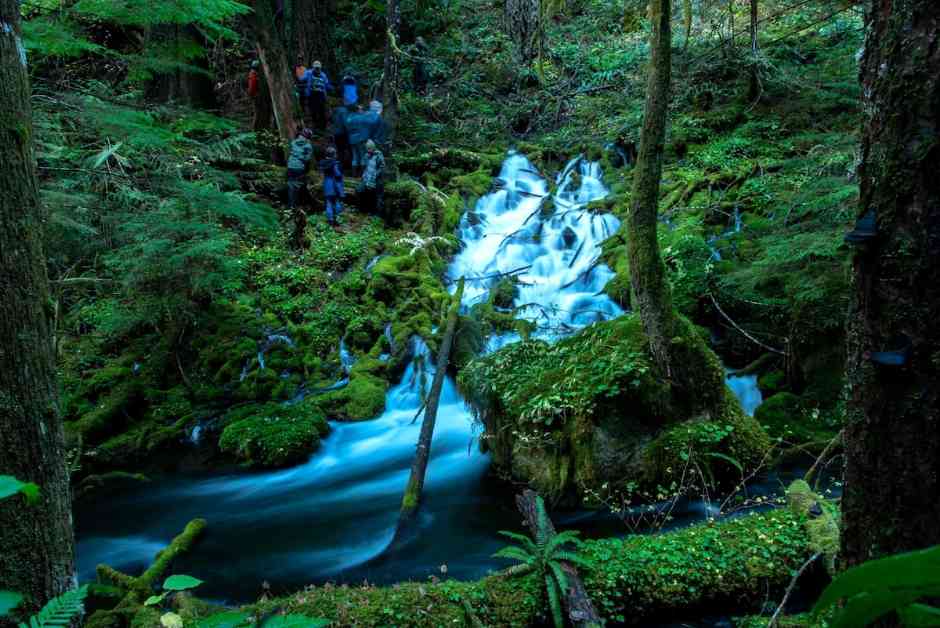Massive Aquifer Found Beneath Oregon Cascades Mountains – Eco-Friendly Discovery
The majestic Cascades stretch from British Columbia, Canada, to Northern California, serving as the largest mountain range in Oregon. Recently, scientists from the University of Oregon (UO) and various partners unveiled an astonishing discovery hidden beneath the Cascade range that could revolutionize the region’s water supply.
Unveiling Nature’s Secret
After extensive mapping, researchers discovered a massive aquifer beneath the volcanic rocks at the central crest of the Cascade range, significantly surpassing previous estimations. This hidden gem boasts a minimum volume of 81 cubic kilometers, nearly three times the capacity of Lake Mead, a vital reservoir supplying drinking water to California, Nevada, and Arizona.
“It is a continental-size lake stored in the rocks at the top of the mountains, like a big water tower,” explained Leif Karlstrom, an Earth scientist at UO leading the study alongside collaborators from prominent institutions. The existence of similar large volcanic aquifers near Mount Shasta and north of the Columbia Gorge solidifies the Cascade Range’s claim as the largest aquifer of its kind worldwide.
Implications of the Discovery
This groundbreaking find not only reshapes our understanding of the region’s water resources but also sheds light on volcanic hazards. The interaction between magma and vast water reservoirs often triggers explosive eruptions, posing significant risks compared to lava flow eruptions.
The implications extend beyond geological significance, impacting the daily lives of Oregonians who rely on water originating from the Cascades. The discovery was unexpected, as the initial research aimed to study the region’s landscape evolution and water movement, uncovering critical information pivotal for water management and hazard mitigation.
Challenges and Future Considerations
While the aquifer’s vast size presents promising possibilities, researchers emphasize the need for further study and sustainable management practices. The aquifer’s resilience hinges on snowpack replenishment, a process at risk due to predicted decreases in high Cascades snowpack.
As climate change alters precipitation patterns, the aquifer’s water level faces potential fluctuations, highlighting the urgent need to understand and safeguard this geological gift. With uncertainties surrounding future water recharge, researchers are now tasked with unraveling the aquifer’s complexities to ensure its longevity.
In conclusion, the discovery of this massive aquifer beneath the Oregon Cascades Mountains marks a pivotal moment in scientific understanding, urging stakeholders to prioritize sustainable water management practices to safeguard this invaluable resource for future generations.














